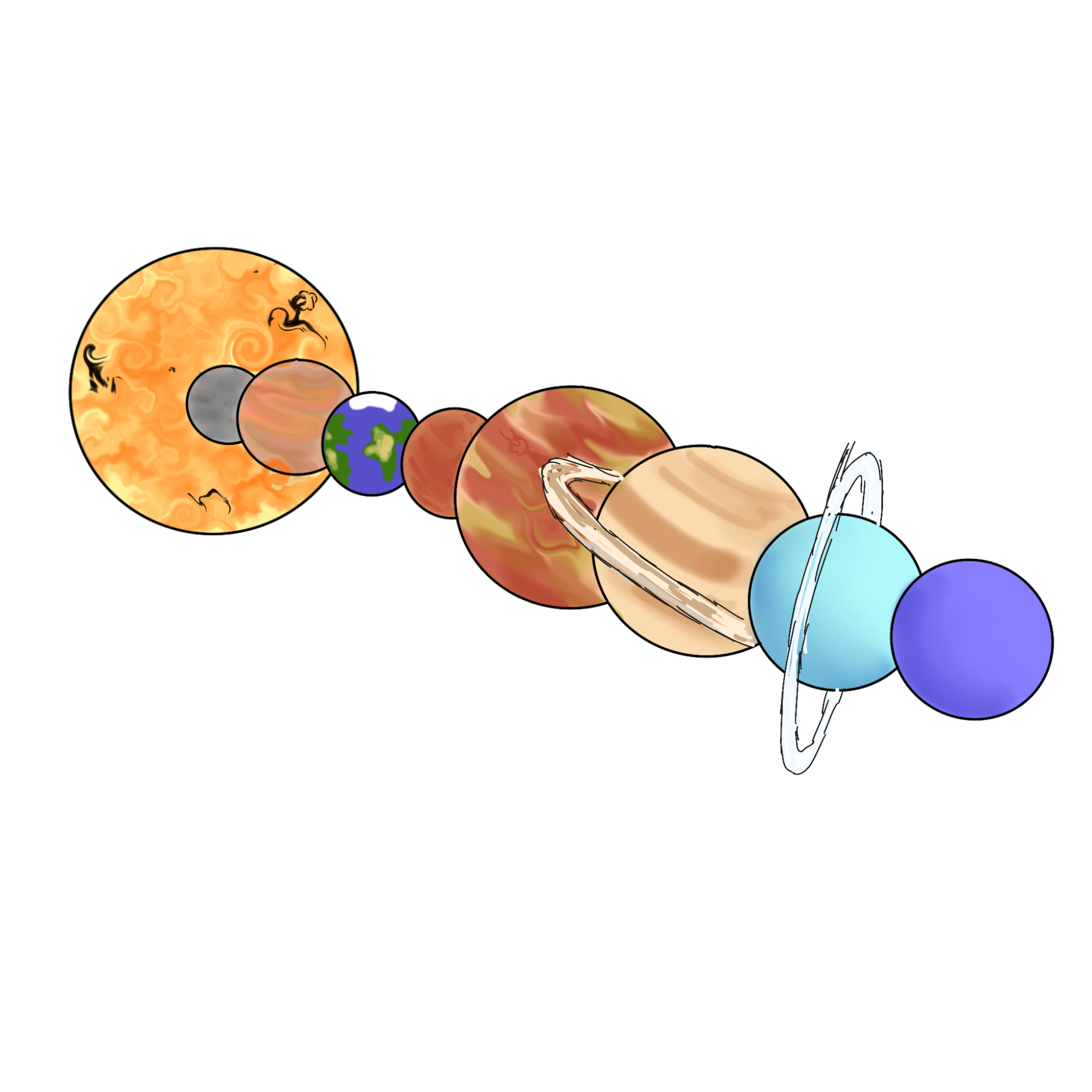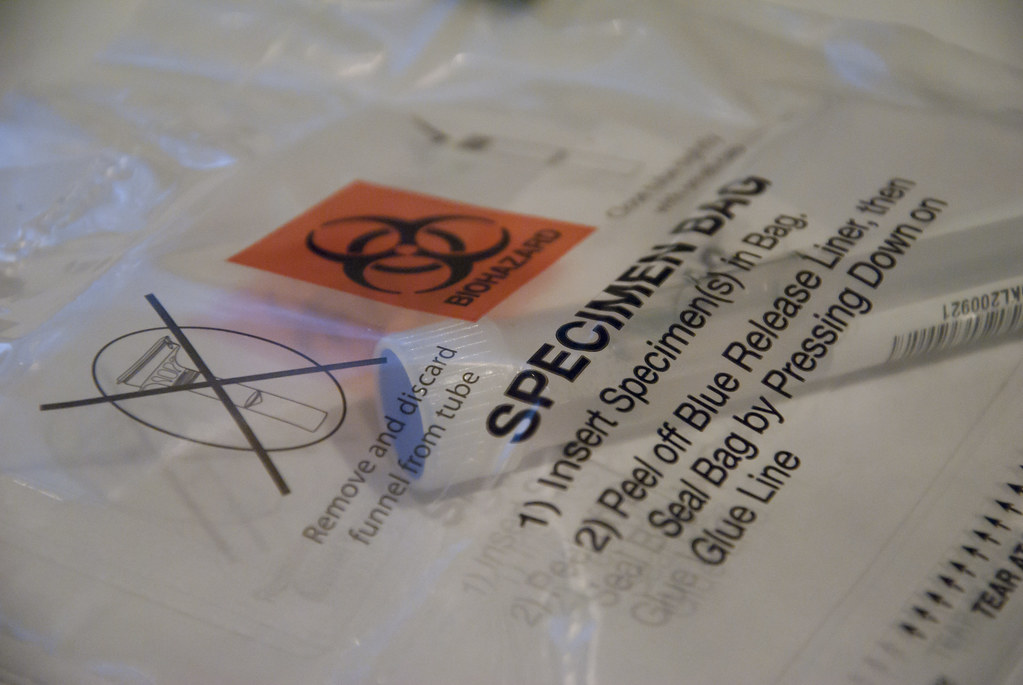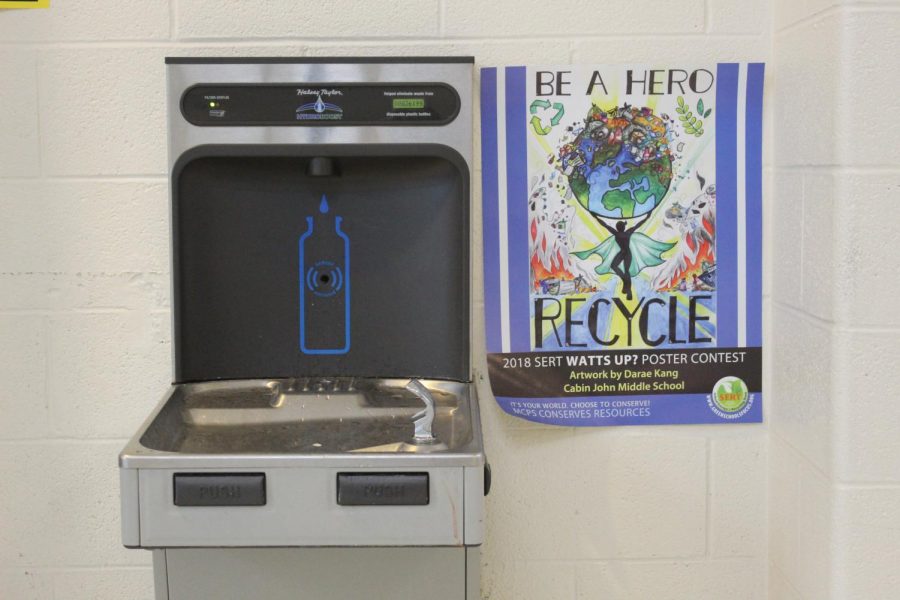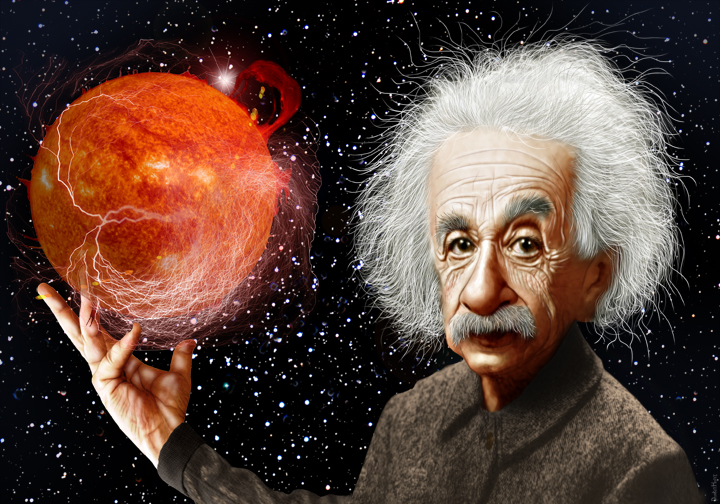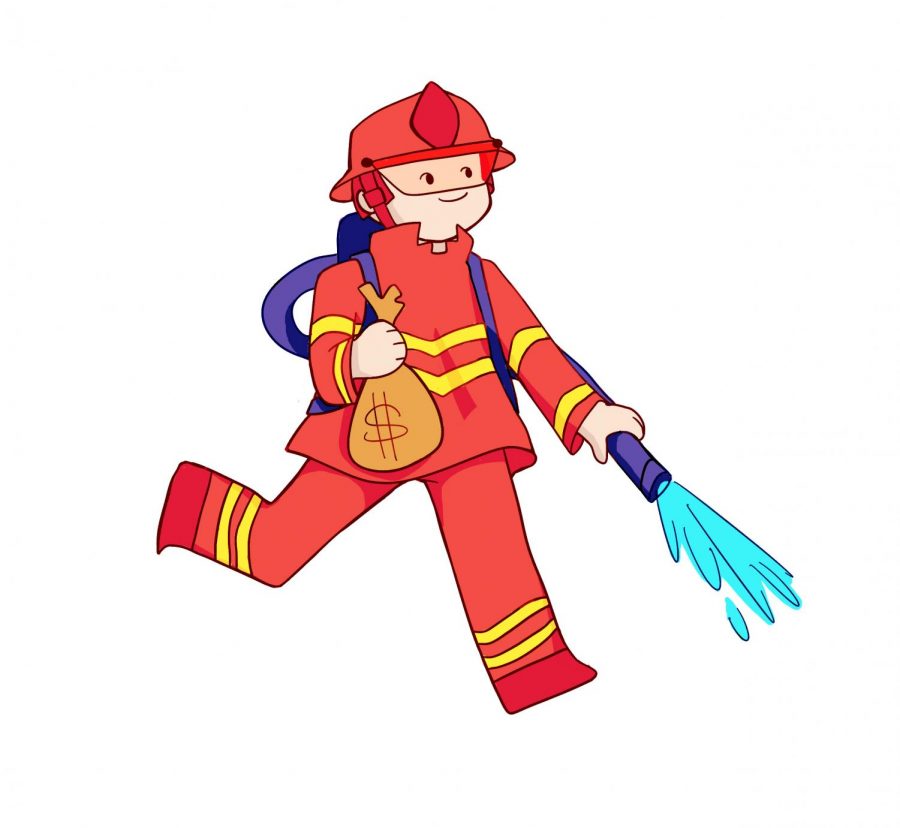The Martian, a 2015 science fiction blockbuster, follows one astronaut’s struggle to survive on Mars after being left behind by his crew. Presumed dead, he is forced to adapt to the planet’s desolate and volatile climate, extracting hydrogen from rocket fuel for water and planting leftover potatoes with his own feces. Even more shocking than his physiological adaptability however, is the astronaut’s resilience towards the psychological torment of Mars as he remains stranded alone, 140 million miles from Earth.
Today, NASA hopes to send astronauts to Mars by the early 2030s. They have approached this goal from two distinct perspectives: the first of which is the technological aspect, focusing on developing more advanced rovers and surface power systems for human survival on the desolate planet. The second of which is the psychological aspect. Primarily through the CHAPEA (Crew Health and Performance Exploration Analog) mission, NASA has extended the definition of ‘survival’ beyond the basic food, water, and shelter necessities to ensure the psychological wellbeing of any potential Mars mission crew, a well-calculated consideration.
“If I had the chance, I would go because like, it’s a once in a lifetime experience,” said sophomore Elif Taniyici.
Nonetheless, past research suggests crewmembers may still be prone to encounter a variety of psychological stresses and challenges including depression, insomnia, anxiety, fatigue, boredom and emotional instability.
These are natural responses, given the mission’s extreme social isolation; two-way communication between crew members and Earth would take approximately twenty-five minutes round trip, even with communications traveling at the speed of light. Thus, any real-time communication between the crew and Mission Control during emergencies, much less with family or friends back home, would be difficult to accomplish due to the lag. In this isolation, homesickness and other stresses may also brew tensions between the crew itself.
Ultimately, the mental health of the crew remains an essential component of any future Mars mission, not just on an individual-basis but for the safety of the crew and mission coordination as a whole. “Half a trillion” dollars, the estimated cost of a Mars trip, could be jeopardized by degraded crew performance.
The CHAPEA mission is an opportunity for NASA to determine how to best support crew health to encourage peak performance during a real mission. As of May 2024, the mission, composed of a four-person volunteer crew which began their Mars surface simulation living at NASA’s Johnson Space center nearly one year ago, is nearing its end. During the CHAPEA simulations, crew members were tasked with various mission activities, such as simulated space walks, robotic operations, habitat maintenance, personal hygiene, exercise, and crop growth, all while isolated in the space center to be as “Mars-realistic” as possible. Additionally, the crew faced environmental stressors such as resource limitations, isolation, and equipment failure to test their physiological and psychological responses as a reflection of real Mars life and potential challenges.
The Mars500 program from 2010 and 2011 researched for similar changes in the human psyche and its response to isolation of a Mars mission. During the simulation, six men were isolated for 520 days, experiencing periods of delayed communication and autonomy and no sunlight exposure. From this investigation, space agencies were able to deduce the effects of isolation on stress, hormone regulation and immunity, sleep quality, mood and the effectiveness of dietary supplements.
Yet, the simulations could not perfectly recreate features of a real Mars mission, such as microgravity and other space dangers, including meteors and the psychological detriment caused by the disappearing-Earth phenomenon (when the Earth becomes completely out of view).
“I wouldn’t want to be trapped in like a spaceship for that many years like by myself, so I probably wouldn’t go,” sophomore Babitha Karre said. “[But] I definitely think space exploration is a very important thing and that we should be investing money in it.”
After its release, The Martian was acclaimed for its scientific accuracy and the striking visuals of one man’s will to survive. According to New Yorker film critic Anthony Lane, “[the martian] never seemed more at home than he [did] here [on Mars].” Even so, movies and simulations can only tell us so much. As to whether Mars can truly become, physiologically and psychologically, that “home away from home,” is a question whose answer remains indeterminate.
If you would like to voice your opinion on an issue you feel is relevant to our community, please do so here. Anyone is able and welcome to submit a Letter to the Editor, regardless of journalistic experience or writing skills. Submissions may be published either online or in a print issue.



